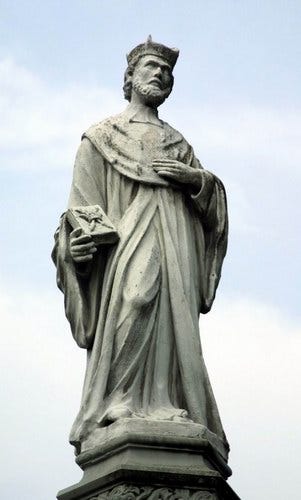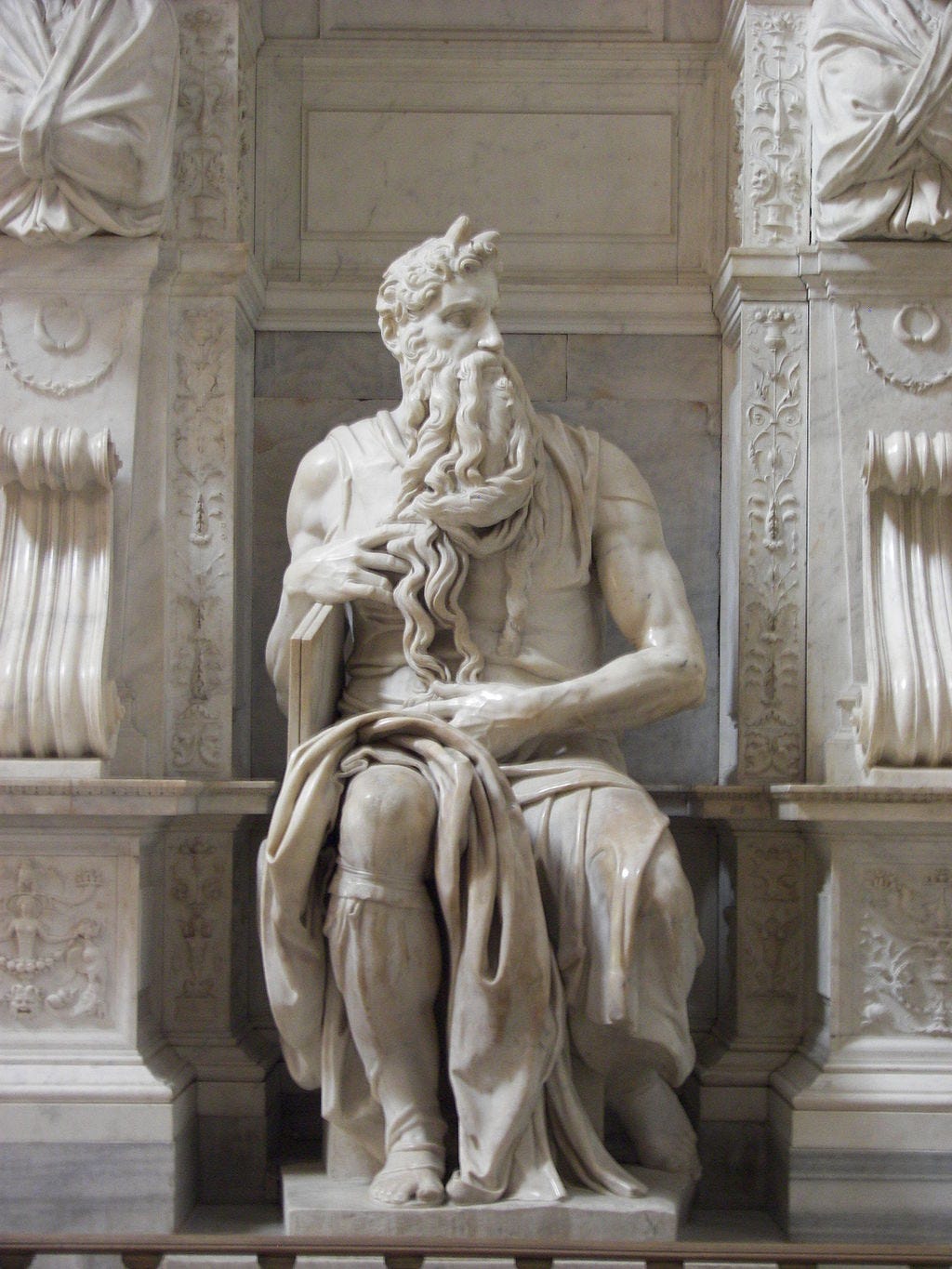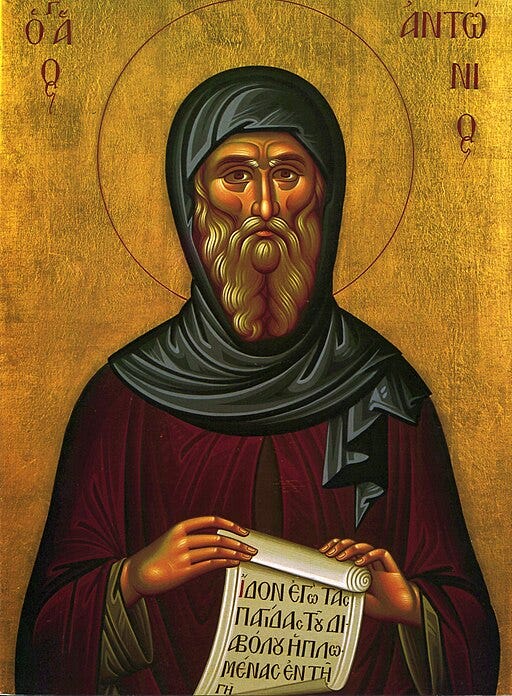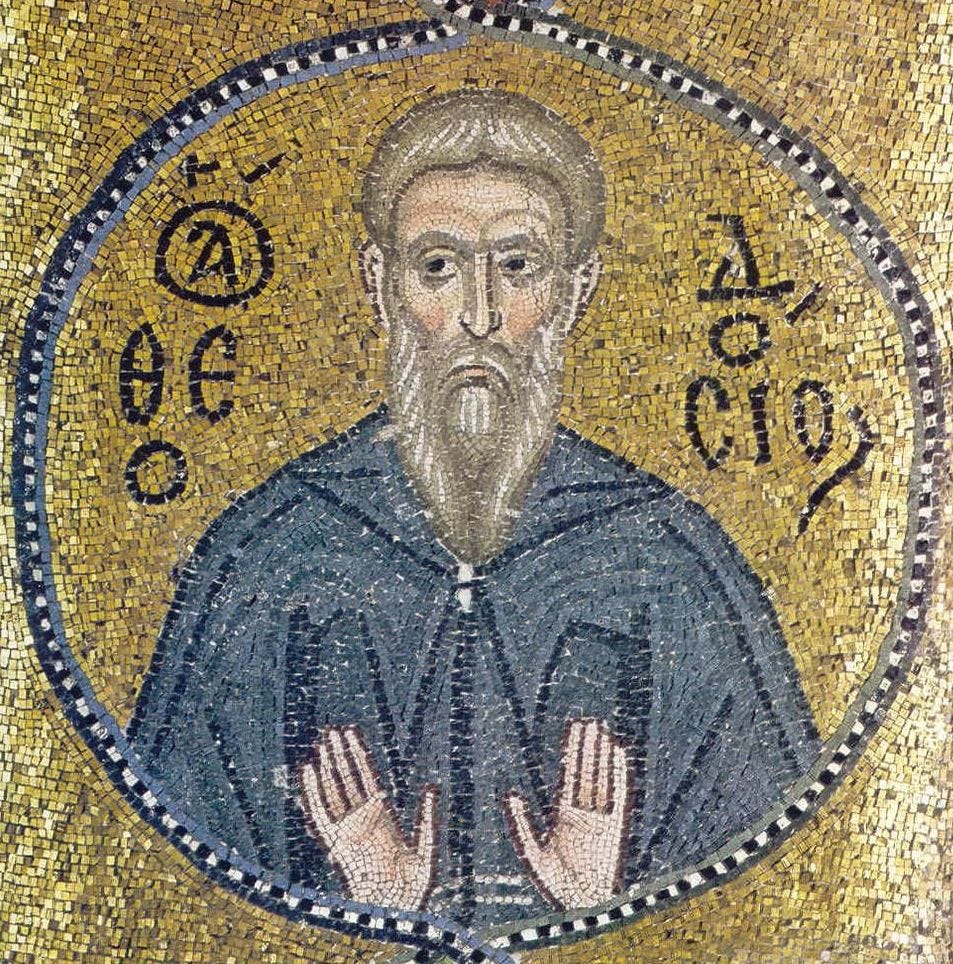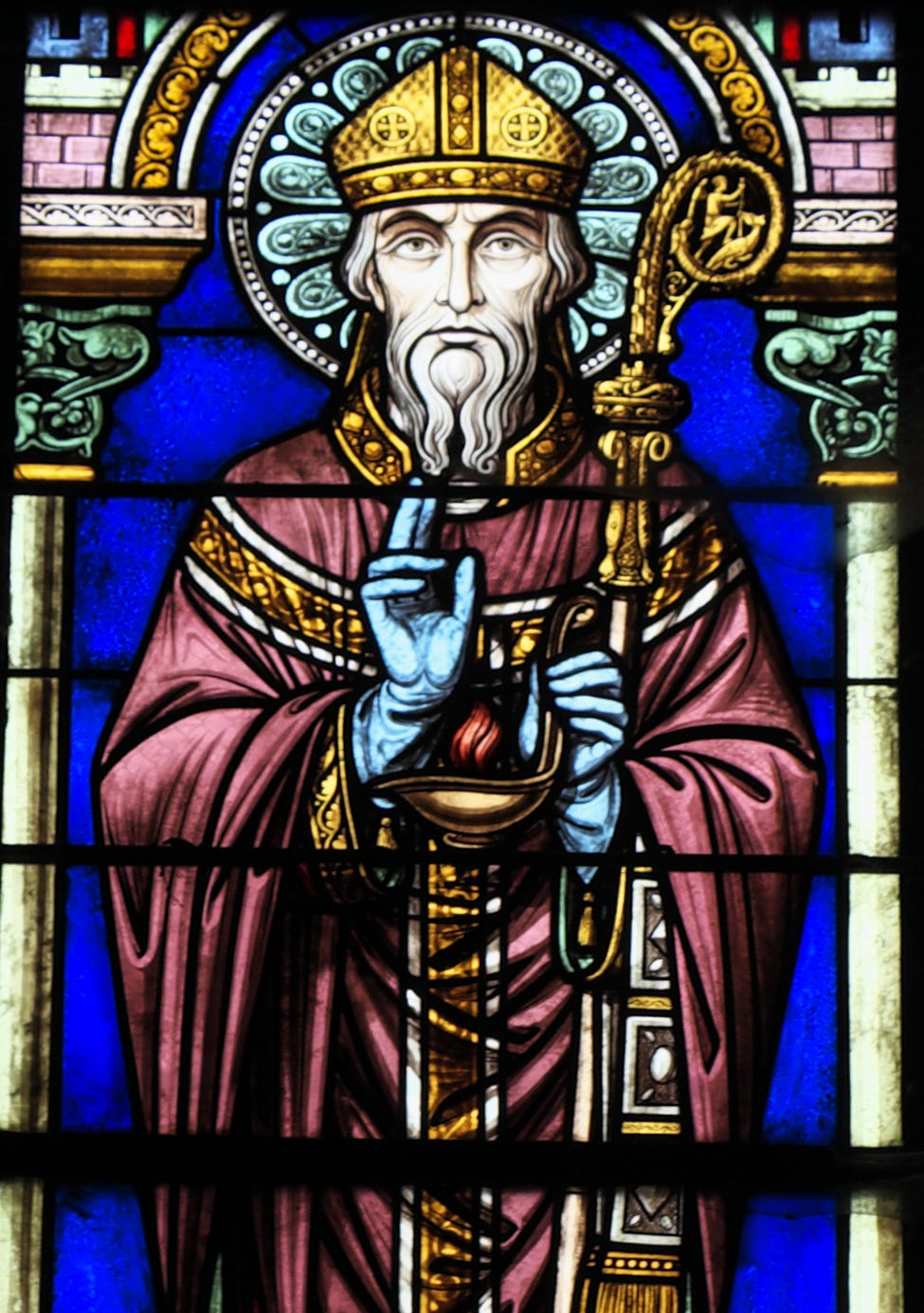Lenten lessons for a long life
Some great ascetic saints, contrary to the popular expression, did not die young
Can our Lenten practices help us physically as well as spiritually? The lives of some famous ascetics in the history of the Church would indicate yes.
Saint John of Kanti (1390-1473) was a priest and professor in Poland who lived a very strict life of prayer, fasting, and poverty. Perhaps out of jealousy over his academic achievements, some people began to publicly criticize him about his asceticism. They particularly warned John that his ascetic practices were so extreme that they would lead to his premature death. John simply pointed out that the Fathers of the Church were famous not only for their holiness but for another reason: many of them lived very long lives.
In the Bible, we are told that many great Jewish figures lived long lives, with the obvious implication that such people were greatly favored by God. For example, the Old Testament tells us that Abraham lived to be 175 years old and that Moses lived to be 120. Adam's immediate descendants are recorded as having even longer lifespans; Methuselah, Adam's great-great-great-great-great-grandson, lived to be 969 years old.
Why does the book of Genesis tell us that Adam and his descendants lived such long lives? There is debate over how to interpret these numbers. But Adam and the nine firstborn men of his line are all said to have lived well over 100 years, most over 900 years. That trend decreases sharply after Noah and the Flood. One simple interpretation is that the Bible is teaching us that human beings were designed to live longer lives, but the effect of sin since the Flood has dramatically reduced our lifespans.
God Himself says (in Gen. 6:3) "My spirit shall not abide in man for ever, for he is flesh, but his days shall be a hundred and twenty years." This is demonstrated in the lifespan of the "meekest of all men", Moses, who died at the age of 120 years.
There have been many holy people—including the Holy Innocents who died for Christ at the hands of King Herod the Great—who died young. Our Lord Himself died around the age of thirty-three. So one cannot say that only those who live long lives are blessed by God.
But it is not easy to convince people today that sometimes people in past ages lived very long lives. It is not uncommon today to hear someone say that people of the past only lived to be sixty years old, or fifty or forty or some other low number. The idea that people of the past did not live to great ages is based on the high rate of infant mortality, the high number of maternal deaths in childbirth, and other causes of death that we are fortunate enough to have reduced in modern times. It is certainly true that these causes dramatically affected the average age of death in past centuries. But that doesn't mean that no one lived past the age of sixty before the twentieth century. For example, Psalm 90:10 points out that our lives are full of troubles, whether we live to be seventy or eighty years old, indicating that at least some people in the ancient world did reach those ages. Proof of that fact, as Saint John of Kanti knew, can be found in some of the great ascetic saints of the Church.
Saint Anthony the Great is commonly considered the father of monasticism. Although he was not the first Catholic to leave the world behind and live in the desert, he is certainly considered the greatest of the early monastic leaders of the Church. Saint Anthony (251-310) left his home to live in the Egyptian desert when he was a young man, and he lived to be 105 years old. His recipe for longevity included eating only bread and water (with a little salt) and only after sunset.
Saint Sabas (439-532) lived as a hermit in a cave in Turkey and mostly in solitude, although he also guided the disciples who gradually sought out his wisdom. He was ninety-one years old when he undertook a journey on foot. His mission was to ask the emperor to respond with mercy toward the people of a region who had recently rebelled against him. The emperor, recognizing Sabas' great age, wisdom, and popularity, agreed to Sabas' requests. Sabas died at the age of ninety-three.
Saint Theodosius the Cenobiarch (423-529) was inspired by the example of the ascetic Saint Simeon the Stylite. He left his family to become a pilgrim and later to live in solitude in a cave. Disciples flocked to him—despite his isolation and strict way of life—and he eventually had to build four separate churches to accommodate the different languages of all his monks. (Cenobiarch is his title, a title which means that he served as abbot over a group of men who lived in community.) At one point, the emperor sent Theodosius a heretical profession of faith and expected him to accept it. Theodosius sent him a fiery “no” in return. The emperor responded by continuing to persecute the faithful and by banishing Theodosius. But the holy man outlived the emperor, returned to his monastery, and died at the age of 106.
Saint Alferius of La Cava (d. 1050) was a courtier who promised God he would become a monk if he recovered from a serious illness. After he did miraculously recover, Alferius kept that vow and became a monk at the Abbey of Cluny in France. Alferius later left to live alone as a hermit, but men sought out his wisdom and way of life. He eventually founded the great Abbey of the Holy Trinity of La Cava (La Trinità della Cava, Italy) and died at the age of 120.
But the winner of the longevity award for Christian ascetics has to be Saint Narcissus of Jerusalem (d. 215). Narcissus lived his entire life during the period when the Church was persecuted by the Roman Empire. He managed to reach the age of 100 before he was named bishop of Jerusalem. When he recognized that he wanted to spend more time in solitude, he left the city one day and did not come back. Two men succeeded him and served as bishop. A decade after leaving, Narcissus—who was still very much alive—returned to the city. He appointed a coadjutor bishop to help him with his duties, but he remained a strong leader during times of persecution until his death. He may have been 122 years old at his death, beating the great Moses by two years.
While the asceticism of these great saints may not be for everyone, it is easy to draw three conclusions from their example. First, these holy men show us that restricting food and other pleasures and replacing them with prayer, moderation, and solitude can be a recipe for a long life. Second, if we live lives of Christian self-control, others may be inspired to do the same. But most importantly, these holy men remind us that the most blessed life is one spent in the company of God.




